Review: Alcatel Idol 4S — A superb phone
13 min. read
Updated on
Read our disclosure page to find out how can you help MSPoweruser sustain the editorial team Read more
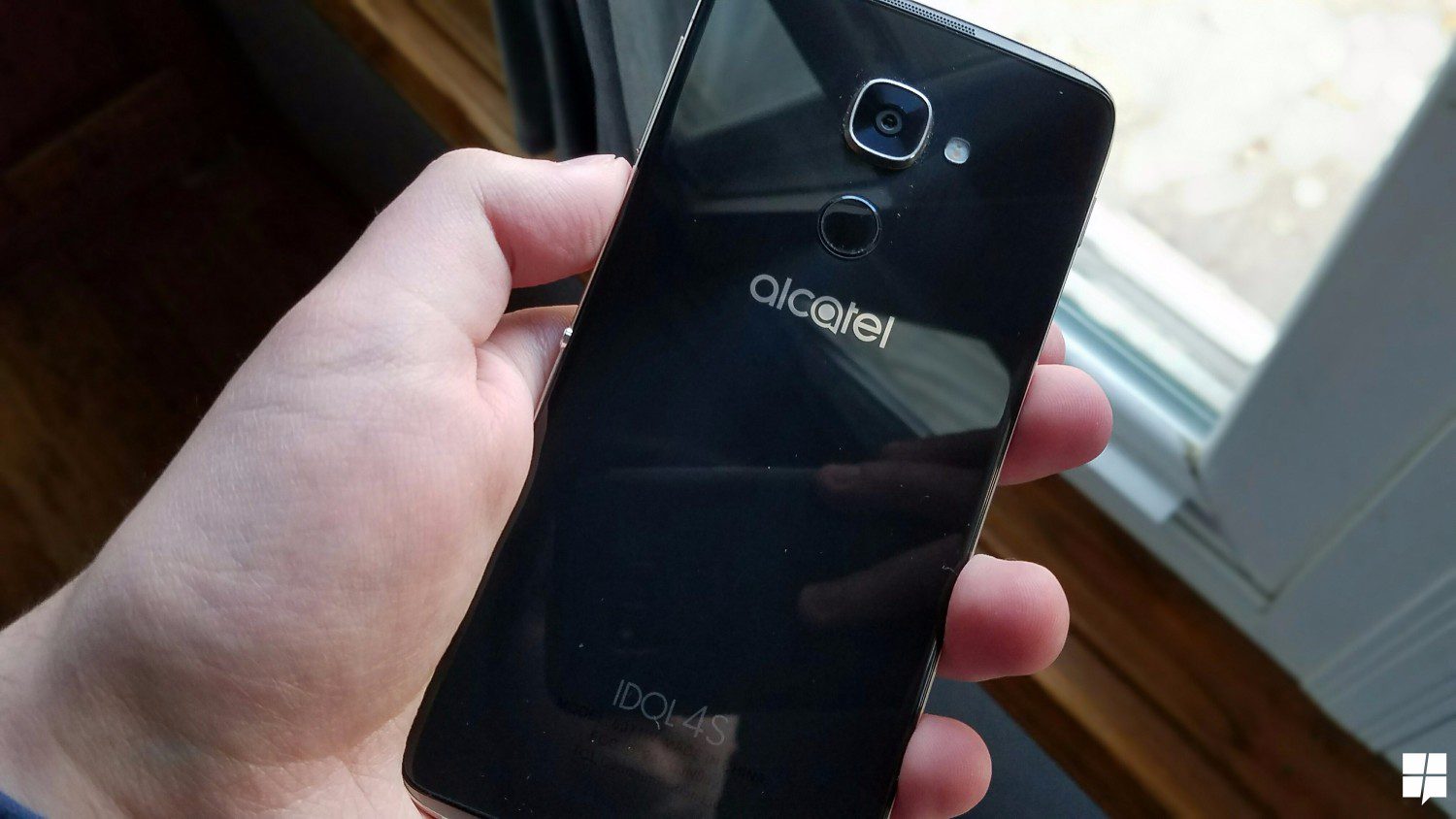
Table of contents
Windows 10 Mobile is in an interesting state right now. It’s in constant development, regularly receives major updates on the Windows Insider Program, and remains one of the major focuses of the Universal Windows Platform, but there’s something missing. Something gargantuan that you would expect to see: new first-party phones. Microsoft has remained completely silent on the subject of the fabled “Surface Phone”, and has let last year’s Lumia 950 (and Lumia 950 XL) act as the very last entries in the Lumia brand.
That’s where third parties step in.
This year has seen the release of a few good Windows 10 Mobile devices from manufacturers other than Microsoft. Companies like HP, Asus, and NuAns have all thrown their hat in the ring with varying degrees of success, and now it’s Alcatel’s turn. The Idol 4S — which boasts being the very first Windows Phone to support virtual reality — is called a “superphone”. Even more interesting is that it seems actually aimed at consumers. It looks good, comes with some fun functions, and isn’t priced at over $700, but is it the Windows Phone you’ve been waiting for?
Design
The majority of phones now sadly seem to follow the same basic design. You’ve got a glass back, some metal pieces along the edges, and sometimes a bump from the camera. This is still the case with the Idol 4S, even if it does have some ideas that help it stand out. At first glance, the device is easily mistakable for a variety of other phones — my first thought when I saw it was “wow, this looks like a Samsung Galaxy” (which in turn looks like a lot of other phones, to be fair). It’s got a sleek black glass back, which looks good for a solid minute when taking it out of the box. Like the majority of modern phones, the Alcatel Idol 4S is sadly a fingerprint magnet, just like the iPhone 7 (Jet Black) or the Google Pixel. To give credit where credit is due, however, it definitely is not as slippery as the majority of its kin. There was no point where I thought “I need a case right now”.
I did think “this camera bump seems a little big”, though. While the size around is what you would expect, the camera bump is enough to be noticeable. When laid on its back, the Idol 4S is propped up high enough that it’s possible to tilt it a decent amount by putting a finger on one side of the device. This isn’t the biggest of flaws, but it gets annoying when just tapping around apps when you’ve got the device set on a desk.
[shunno-quote align=”left”]When the Idol’s design gets interesting, it gets really interesting[/shunno-quote]
The more special parts of the design are very welcome. The most obvious one is a dedicated camera button. This not only opens the camera app at any time, it also acts as the button you’ll probably want to use for taking pictures — regardless of the device’s orientation. It’s positioned in a way that feels perfectly natural to push when holding the phone in portrait mode, and while you might have to reach your finger out a bit more than you’re used to for landscape mode, it’s still better than actually using the software buttons. Interestingly enough, the camera bump adds to what Alcatel was obviously going for with this setup: a classy looking phone that can also look like a classy looking digital camera.
When it comes to the “metal pieces” section of the design, the Idol’s look good, and have some nice functionality. There’s two sets of speakers poking out of the front of the device: one on the top, one on the bottom. There isn’t much to them, but they do add to the design by giving it something other than a continued sea of black glass (and they sound pretty good, too). These segments also contain the USB-C port (on the bottom) and the headphone jack (on the top). While I will say that I vastly prefer having the headphone jack on the bottom (as long as there’s enough space between it and the USB port), there isn’t any chance of any wires getting tangled up at all this way, and it doesn’t get in the way of anything else.
[shunno-quote align=”right”]The design is clean, and the device is sturdy[/shunno-quote]
The overall build quality of the Idol 4S is, in a word, excellent. It’s a sturdy device that feels great to hold, and the placement of the buttons helps with that. The camera button’s good placement has already been mentioned, and while the placement of the volume buttons (in the top right) and the power button (in the top left) are standards, everything fits my hands perfectly. It’s a super easy phone to use with just one hand, especially because of some of the elements on the software side, like double tap to wake.
Even if it might be easy to mistake for another phone at first, the Idol 4S is a well designed device — even if the camera is a bit of a misstep. If you are looking for a beautiful Windows 10 Mobile device, the Alcatel Idol 4S is definitely on of the best options out there.
Display
The Idol’s display is another one of its best areas. It’s a 5.5-inch 1080p AMOLED display, and it looks fantastic. While the screen is “just” 1080p, it’s incredibly, incredibly clear. You won’t be seeing any pixels no matter how hard you try, and it’s easy to see what’s on the screen no matter what lighting you’re dealing with. Colors are especially vibrant, making the start screen look absolutely beautiful.
Additionally, double tap to wake — which is one of the best features of Lumia phones is supported on the Idol 4S. It does often have some delay to it, but it works just as you’d expect: tap the display twice and it wakes up. The delay can be up to a second long in some cases, but for every time I’ve had delay I’ve also had a near instant wake-up, so your mileage may vary.
When it comes to issues with the display, it’s all about the default DPI, which is mostly easy to fix. The default DPI is 250% which often has text so small that I end up straining my eyes when reading things. The only larger option is 300%, and while it’s mostly good, I find myself longing for that Goldilocks DPI that’s just right. It’s another instance where your mileage may vary, and a case where while I don’t think my experience was brought down very much by the issue, fixing it would make that experience significantly better. A little often goes a long way, although I’m not sure how much of this would have to come from Microsoft.
Virtual Reality
One of the main focuses of the Alcatel Idol 4S is virtual reality. The device comes with a free headset for it, a handful of apps and even a dedicated store to get some more. It’s a good effort for what it is, and while I will say that it’s really cool to see virtual reality on a Windows 10 Mobile device for the very first time, it definitely is not the best introduction.
The headset itself has some pretty great build quality. It’s possible to completely secure both the back and the front lenses with the included plastic covers, meaning that you won’t end up cleaning dust off the lenses every single time you go to use the device (which happens often with my Gear VR). The headset also looks nice visually, albeit a bit generic, but it gets the job done. Then you put the actual headset on.
[shunno-quote]In the case of the Idol’s Virtual Reality, you get what you pay for[/shunno-quote]
The field of view is not the best, simply put. You’re likely always going to see the sides of the visor, and it feels more like looking into a tube than looking at something in front of you. It’s still possible to get immersed at times, but I found it difficult.
The selection of apps at the moment is pretty decent for what it is. There’s a VR launcher to handle actually launching all of your content in VR (although they’re still available in the all apps list), a handful of games, and a 360 YouTube viewer, just to name a few of the options. These are good apps, but they’re all held back by the main issue with them: the Idol’s virtual reality is sickening.
This is a widespread issue with VR in general for many people, but I’ve been able to handle the majority of other VR systems out there without any such issues. It’s not because of picture quality, in fact, the Idol has one of the clearest VR displays I’ve seen on a mobile device, but rather seems to have something to do with the acceleration when you turn your head. Something doesn’t feel natural about it at first, but it quickly becomes wanting to vomit. I went back to try it out again and again, but after being too dizzy to stand up I decided it was a lost cause.
It’s a pity because there’s a ton of potential for where this could go. I do hope Alcatel fixes this up a bit with a patch because I do want to go back and try some of these things out more. There’re neat ideas there, and the future would be especially interesting if they adopted the Windows Holographic user interface once it becomes available, or if some of the indie developers who currently populate the Windows 10 Store with apps decided to try adapting their app for Alcatel VR.
To the Idol’s credit, however, it managed to stay incredibly cool while running VR apps and games. A lot of phones are ready to overheat after a mere ten minutes of trying out virtual reality, but that isn’t the case with the Idol at all. If it gets patched up, or if this is purely my own issue — you’ve got a cheap (but smooth) VR experience ahead of you.
Performance
Performance is where the Idol 4S really, really shines. It’s smoother than its price tag might suggest and manages to run just as well as — if not (sometimes) faster than some $700+ phones running other operating systems. And most importantly: it’s stable, too.
Apps often open up instantly, with a few exceptions like Facebook or Twitter. Even those apps that take a while to open aren’t an issue, however, and I’ve yet to experience a single crash with any app on the device. I’ve been able to open up ten apps, head back to my start screen, open up another, and then go switch to another app without any issues or drops in speed whatsoever. It does all of this while remaining incredibly cool, and with the battery constantly going strong.
While I haven’t tried out many mobile games, I can say that at the very least Halo: Spartan Assault and Halo: Spartan Strike both run just fine. They aren’t the latest and greatest in mobile gaming, but you will end up with a copy of Spartan Assault when you buy the Idol 4S from T-Mobile, along with some other extras like a month of Groove Music and 45 days of Hulu Plus.
The fingerprint scanner is pretty great — when it works. I’ve cleaned the scanner constantly, but it doesn’t seem to want to stay clean, and has issues detecting my finger now and then. It’s a bit of a bummer, since it’s nice to have when it isn’t telling me to go clean the reader again. For a point of reference regarding speed, it seems to be about on par with my Galaxy S7.
After a solid five hours of testing, starting on a full charge, the Idol’s battery was at 40%. It’s a device that keeps on going and going, and I’m certainly impressed. When Alcatel called it a “Superphone“, they weren’t kidding. It’s got speed, power, and enough battery life to make use of that power throughout the entire day.
There’s one area where I didn’t have the highest of experiences, but I do believe it was because I just didn’t have the proper environment to test it. That area just so happens to be Continuum, which is a Windows 10 Mobile feature that lets you transform your smartphone into a locked down mini PC via either physical display adapters or Miracast. While Alcatel has not created their own dock for Continuum, Microsoft’s own should suffice. In my case, I was testing Continuum wirelessly and projected to my Miracast enabled Fire TV. Everything worked just fine for about three minutes, and then the connection issues began.
I’m not quite sure if there was some kind of interference if my Fire TV just has some issues, or something else happened entirely, but the Idol began to keep disconnecting, and then it stayed disconnected. Because of the three minutes where it did work flawlessly, I don’t believe the issues were on the Idol’s end, but I still believe it’s worth mentioning.
Camera
The camera really is one of my few big gripes with this phone. The previously mentioned camera bump was already fairly annoying, but a good camera could make up for that. The device is clearly focused on people who are going to be taking pictures with their phones, it even has a dedicated button for them. Strangely enough, though, the Idol’s camera is pretty mediocre.
No matter where you take your pictures, they’re going to end up blurry. You could be outside in the daytime, inside a well-lit room, or even in a car: they’re not going to look any good. Low light images pretty much require using the flash, too.
I have absolutely no idea why a phone with this much of a focus on photography has a camera this weak and I’m genuinely let down by it. The camera button design’s a great idea, and I do hope that if (or when) Alcatel makes another Windows Phone (with a better camera) it will end up staying around. We’ll take a deeper look at the camera, and compare it with some other phones in the near future, so please keep an eye out for that.
Conclusion
All in all, the Alcatel Idol 4S is the superphone Windows Phone fans have wanted for a while. It does not appear to be aimed at businesses and comes at an excellent price for consumers. For under $500 you have a phone with the performance of a far more expensive device, and it’s a diamond in the rough.
Alcatel seemed to be testing the waters by selling a Windows 10 version of a phone that already has an Android version, and I hope they keep it up. From the design to the performance to the absolutely beautiful display (and the operating system, too!), the Idol 4S is a winner.
The Alcatel Idol 4S goes on sale today at T-Mobile in the United States . Checkout T-Mobile’s latest deals here.
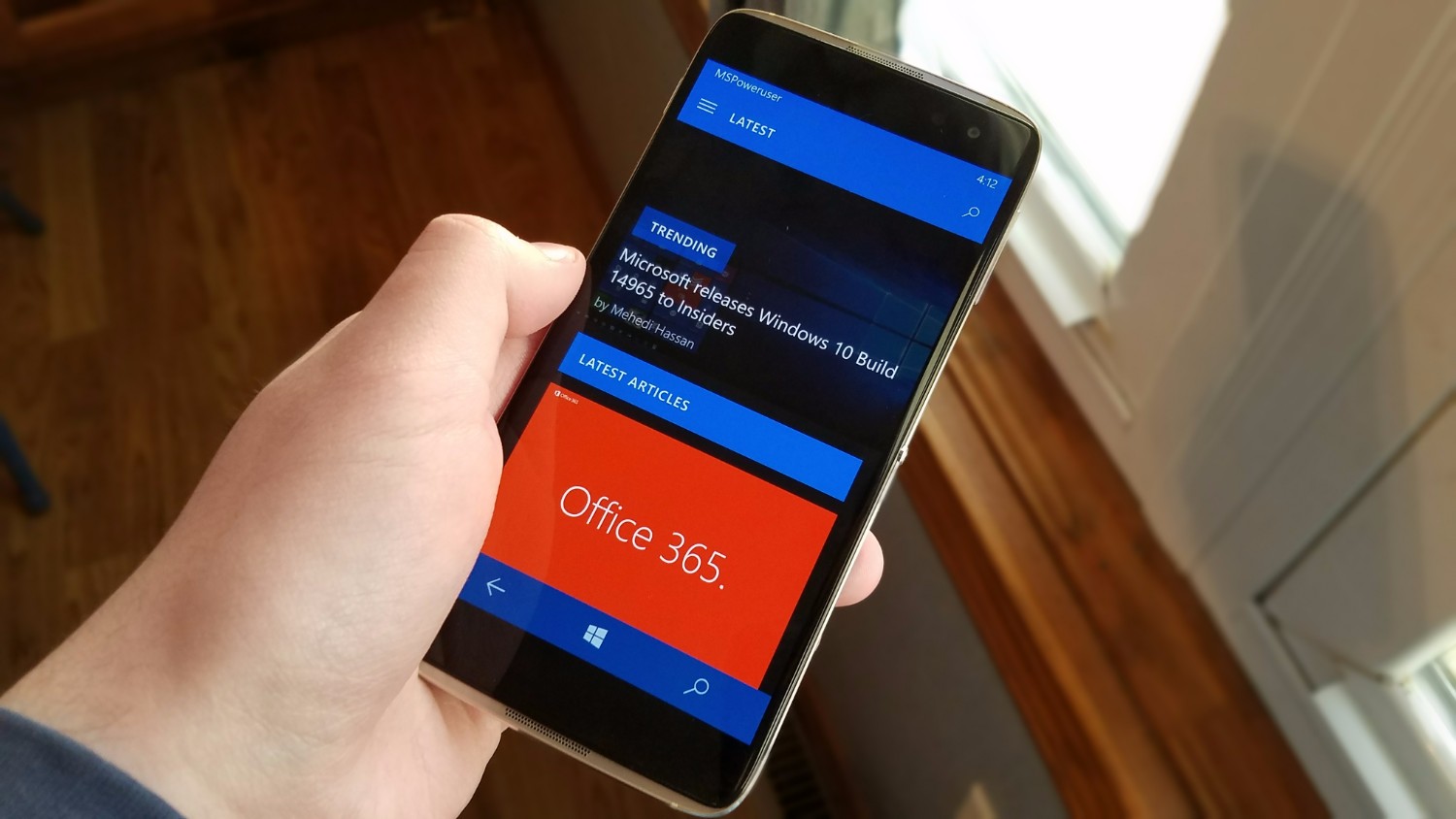

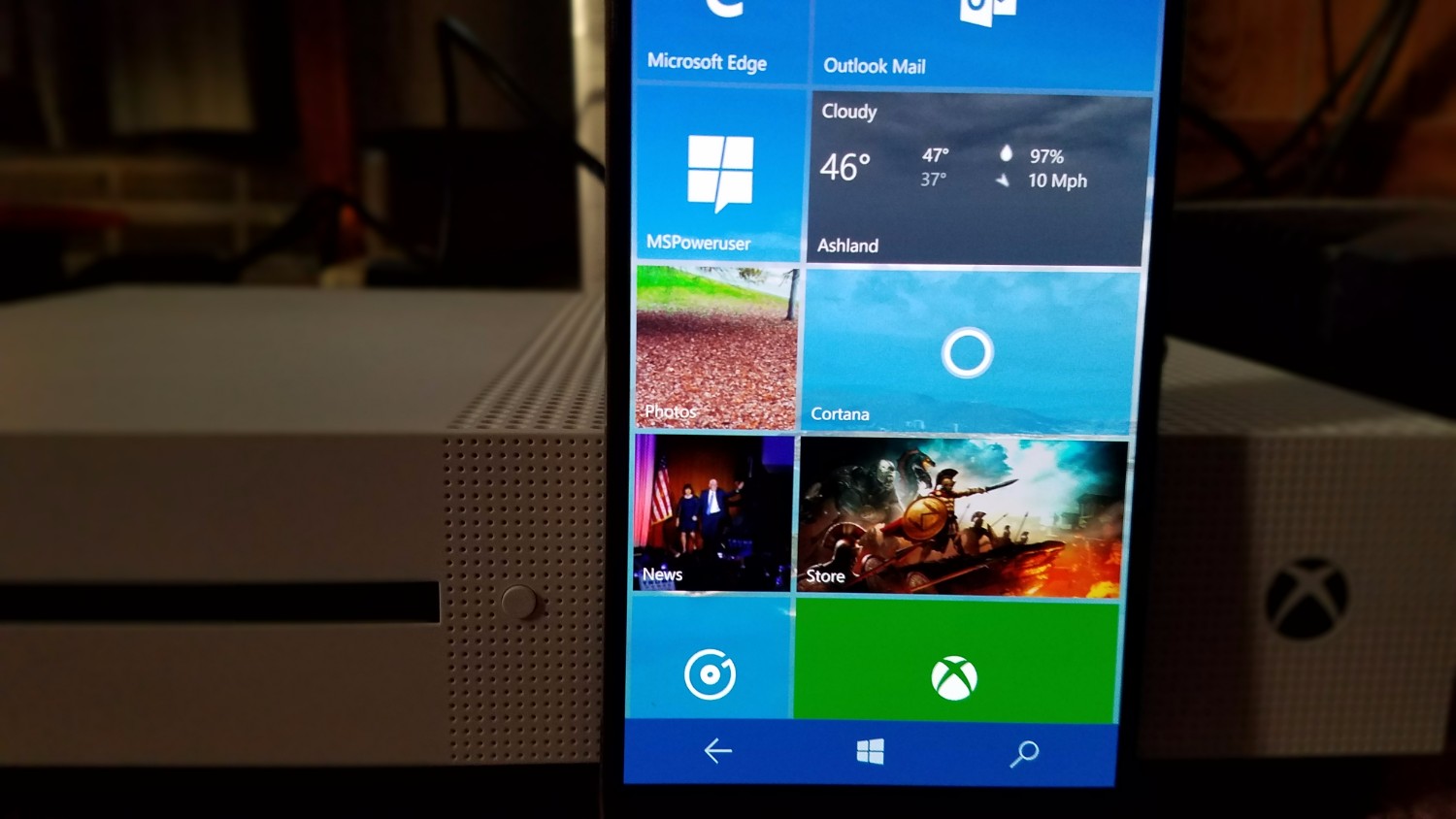
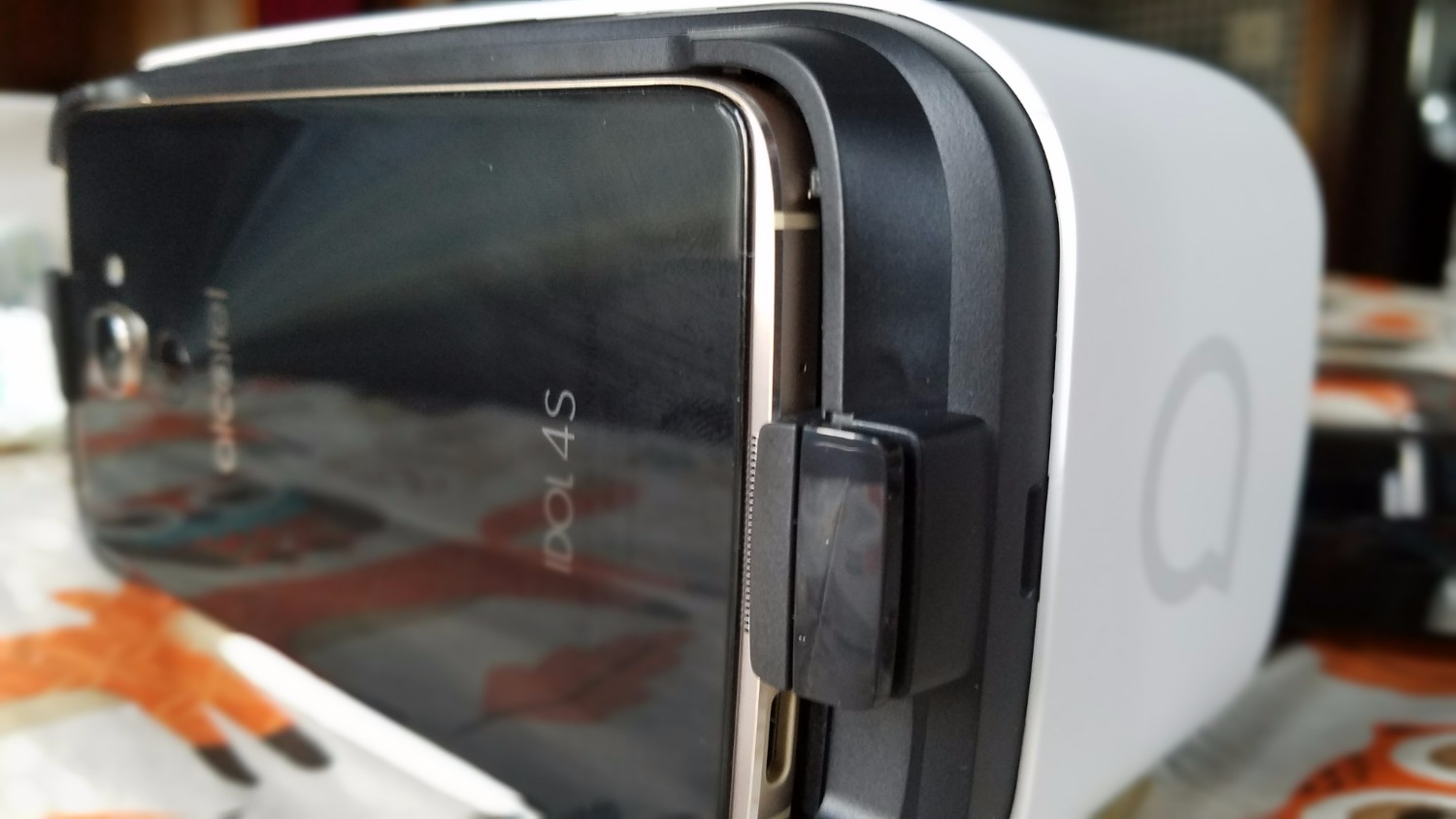
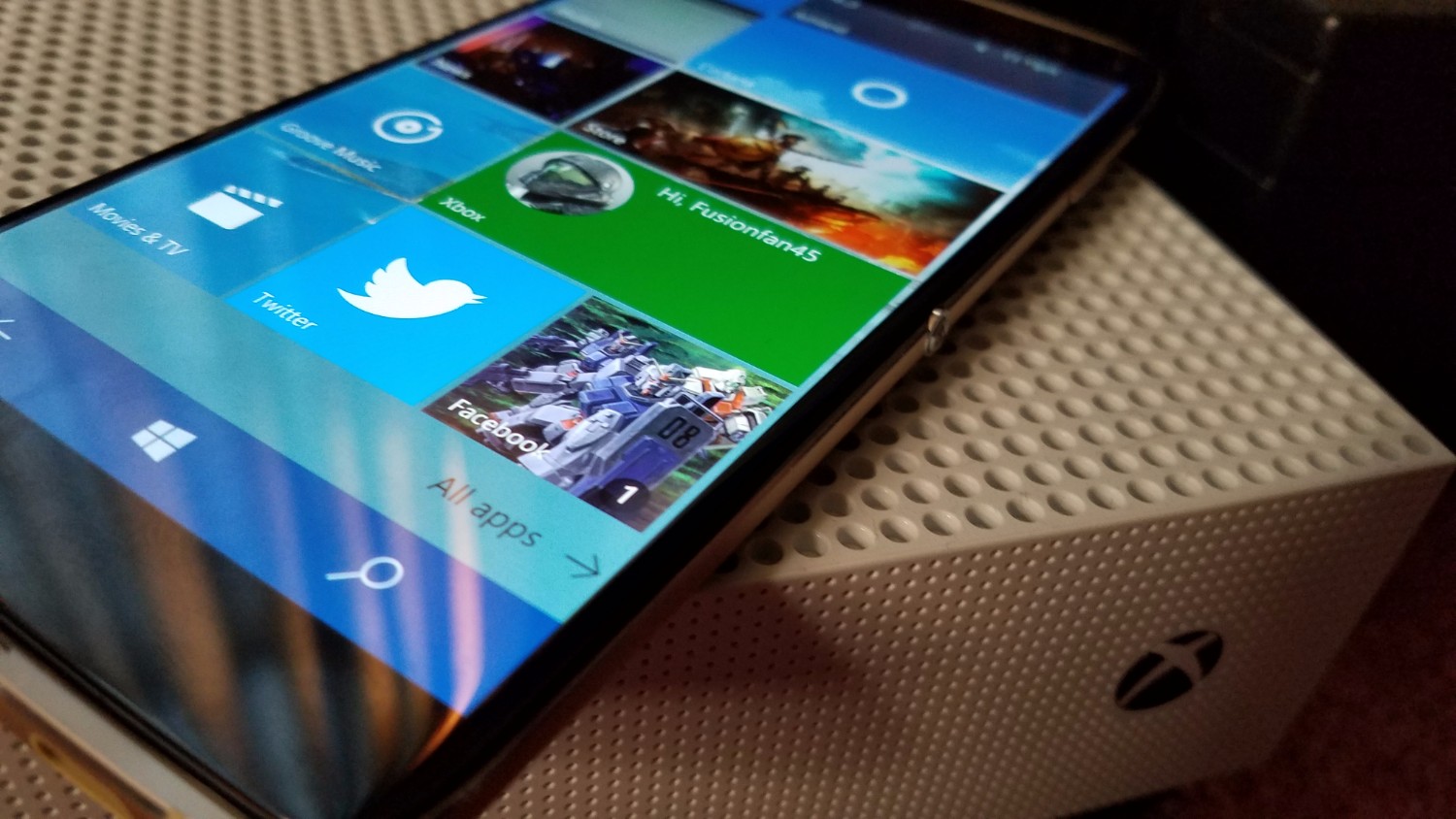








User forum
0 messages